The Journey of Choosing a CarOriginally, I wanted to buy a large SUV and was hesitating about which one to choose. Later, I came across Huawei's intelligent driving system and became particularly interested in it. The M9 was slightly over my budget, while the M7 hadn't been updated yet and received a lot of criticism. As soon as the M8 was released, I placed a small deposit.
After watching the car's launch event, I decisively confirmed the order without test-driving it. Since the show car had just arrived, the test drive slots were surely fully booked, so I didn't go. Later, when the hype around the M8 subsided a bit, I went to the dealership for a test drive.
At that time, the M8 I test-drove didn't have the intelligent driving feature enabled, but I tried its handling and found it quite good. However, the test drive guy drove so aggressively that it made me dizzy. Later, he drove the 2025 M9 to let me experience the intelligent driving, and I have to say the new M9 is really nice.
Cost Breakdown
I didn't get any gifts, accessories, or even points—such is the consequence of placing an order too eagerly. The total vehicle cost was 462,800, the purchase tax was 10,955.75, insurance was 9,894.05, then I bought an extended warranty for 880, a bracket cable for 4,380, and ADS for 10,000, totaling 477,654.05.
The Delivery Process
During the delivery process, I bought a car cover, and for the car cover, they had someone specifically assist with the vehicle inspection.
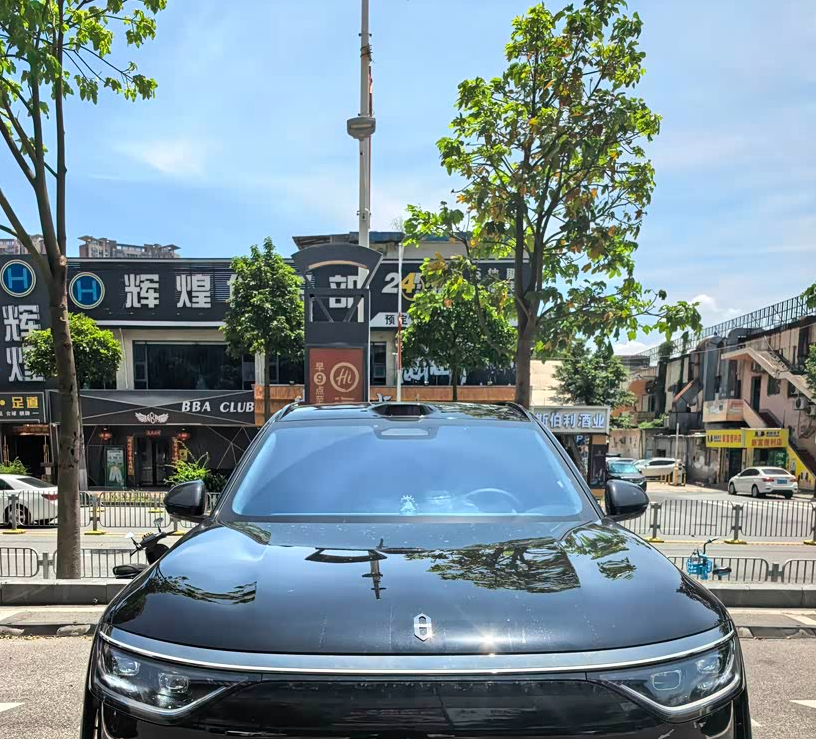
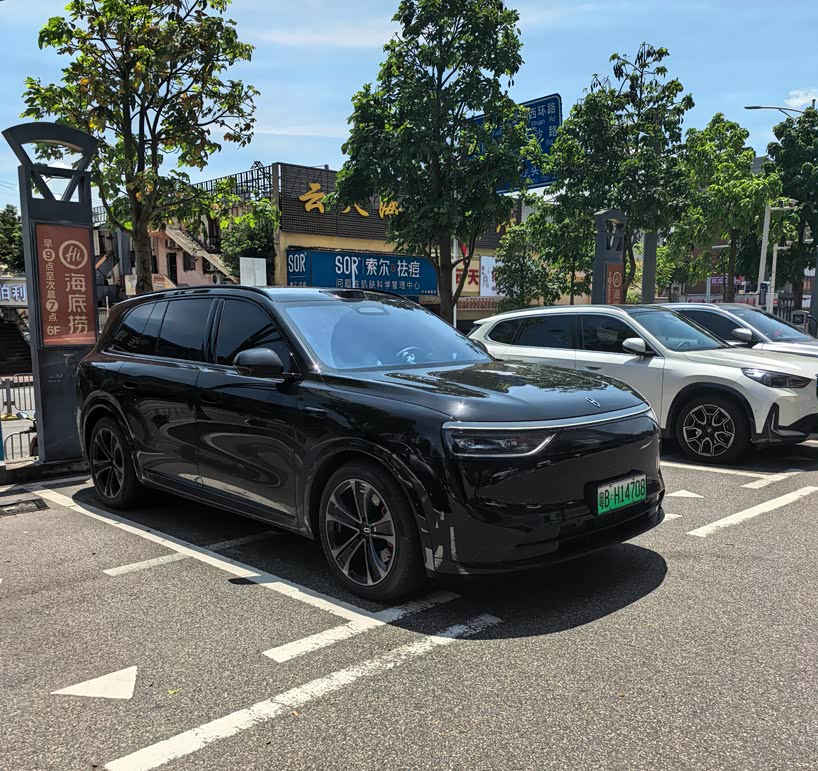
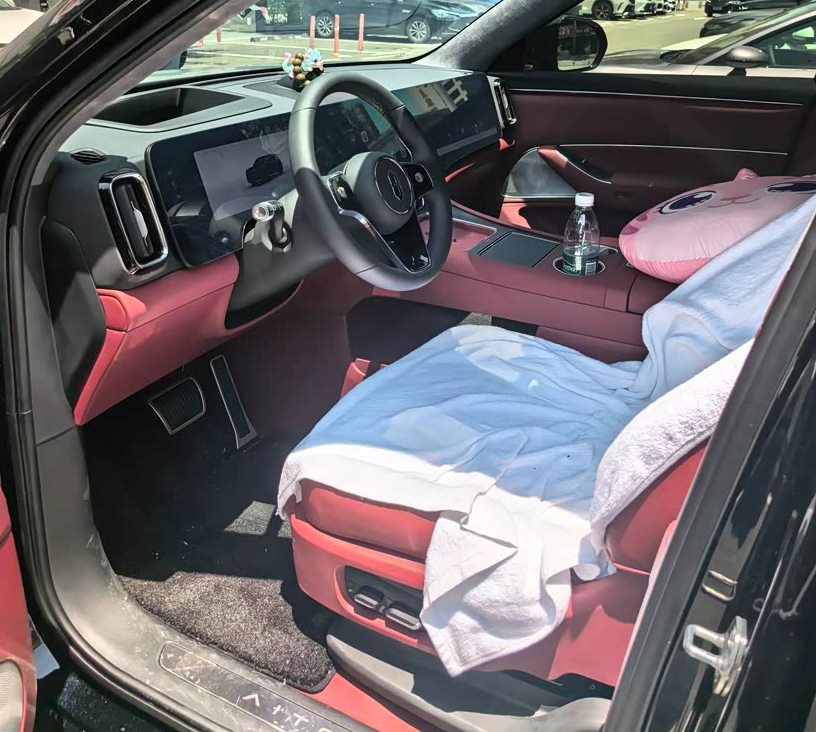
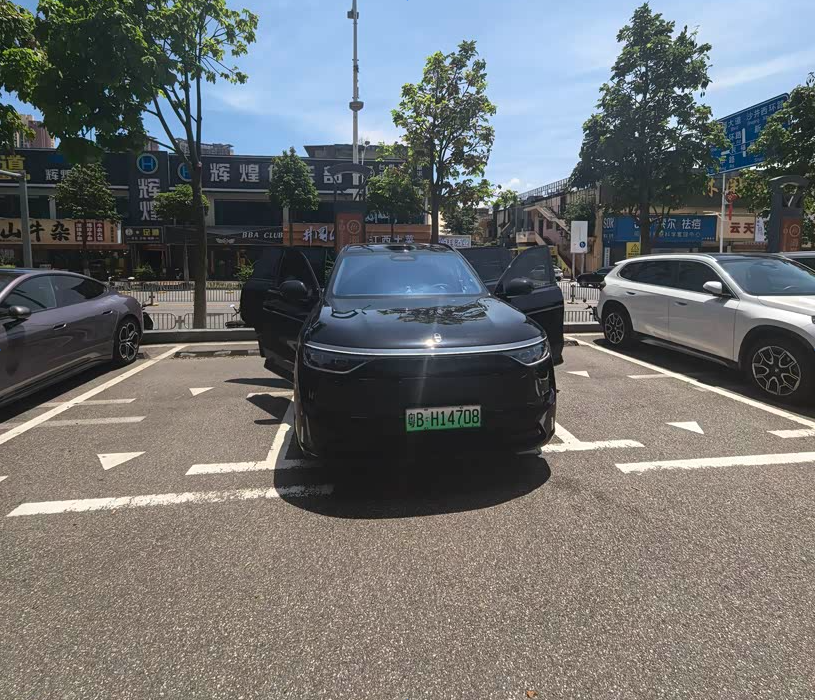
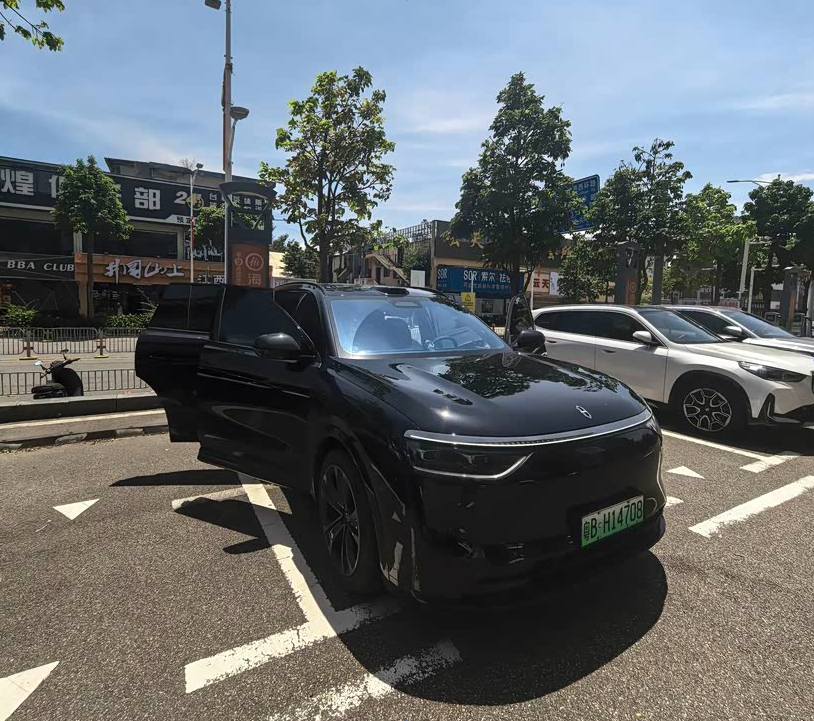
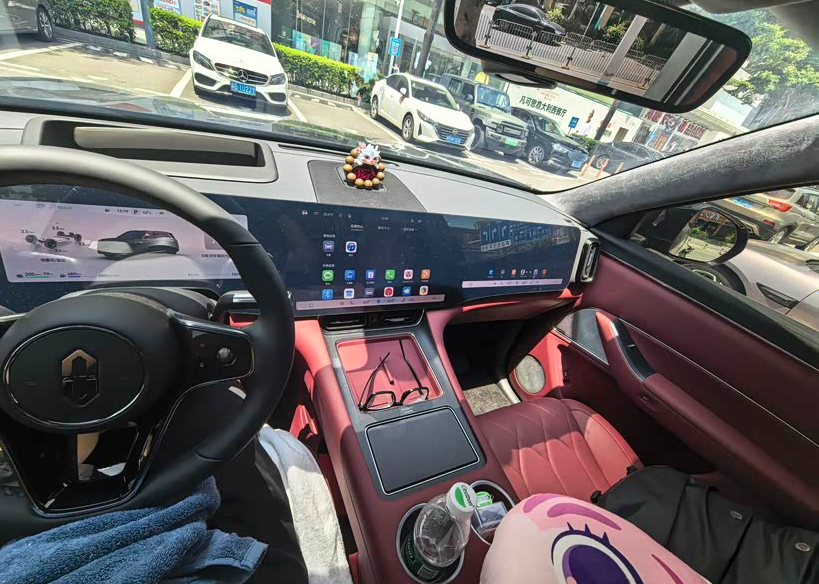
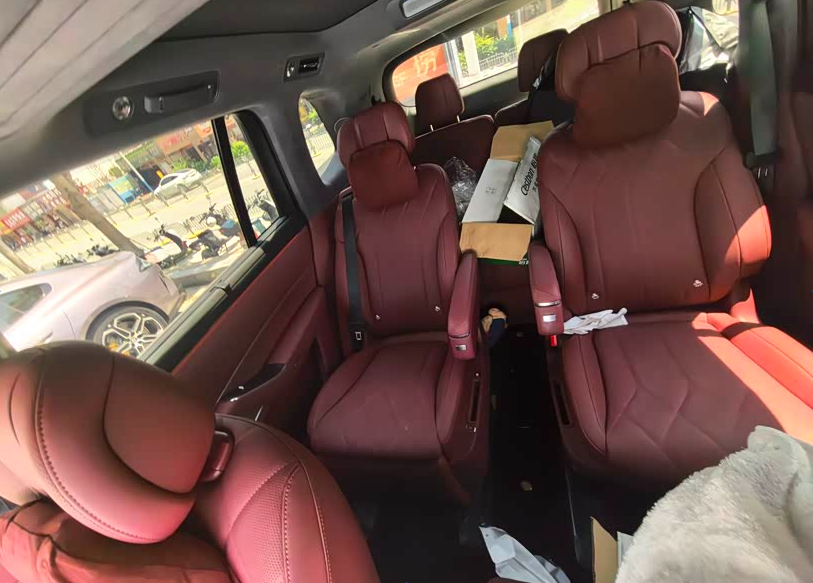
Initial Experience with the CarThe driving experience was quite exhilarating at first, and it felt very smart. Since I used to drive a gasoline car, I was a bit overwhelmed by the numerous screens and the sheer number of things to operate. After driving for a while, I got used to all of it and actually found it more convenient. Especially in underground parking lots, I could literally free my hands as the car would find a parking spot on its own. Another feature is that when there are many cars nearby, the 'weak spot detection' works quite well, though it’s rarely needed. So far, there haven’t been any issues in this regard. However, after prolonged use, some problems did arise. The car’s large size makes it sway a bit, almost like being on a boat. Even after activating the driving mode and lowering the chassis, there’s still some swaying—whether it’s from leg-shaking or side-to-side movement in the car. After discussing with fellow car owners, I installed a damping bar, which significantly improved the car’s stability. Additionally, there are many unexpected situations during driving, such as side lane intrusions, which the car handles poorly, so constant attention is required.
Advice for Fellow Car Owners
My advice is: if you’re in a hurry to get a car, you can buy the current model. If not, you might want to wait for the 2026 version, which is expected to have more significant upgrades and should support ADS4. Currently, the smart driving features fall slightly short of expectations. The initial idea was that once you’re in the car, you wouldn’t have to worry about anything—it would handle everything for you. But in reality, it’s not quite there yet. For example, when merging onto the highway from an on-ramp, if there’s a large truck nearby, the car tends to run parallel to it, and this aspect is handled poorly. So, for now, it’s more about convenience—it reduces fatigue, but you still need to stay alert and not let your mind wander. As always, it’s a case of human-machine co-driving.

